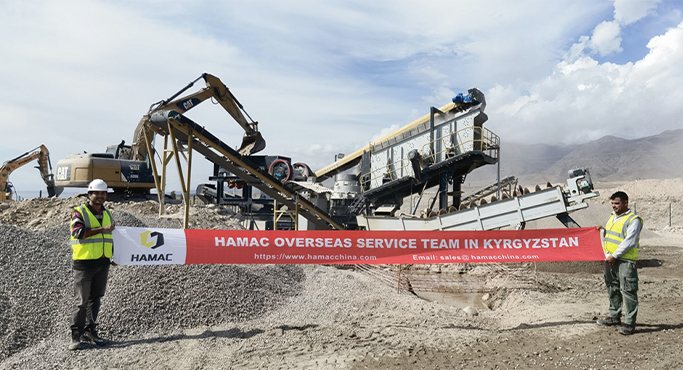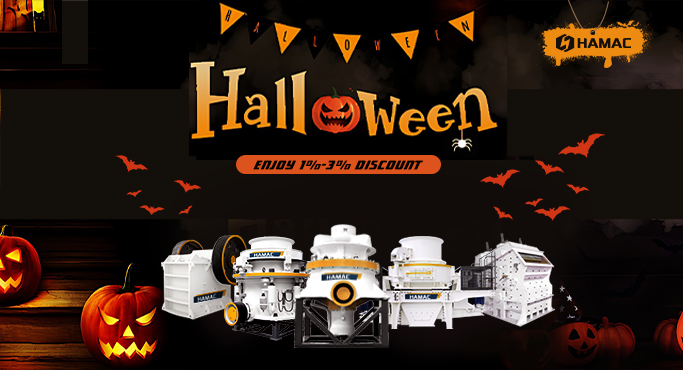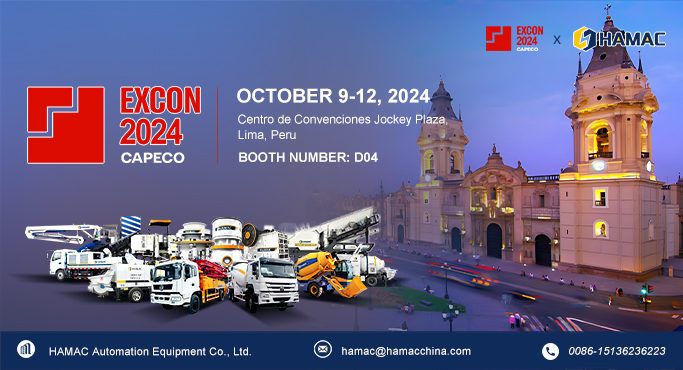How to select the right stone crusher?
In engineering and construction, sand and aggregate materials are essential. Common raw materials include pebbles, granite, diabase, basalt, and limestone. Since these materials vary in characteristics, choosing the right stone crusher for a specific project involves considering several factors.
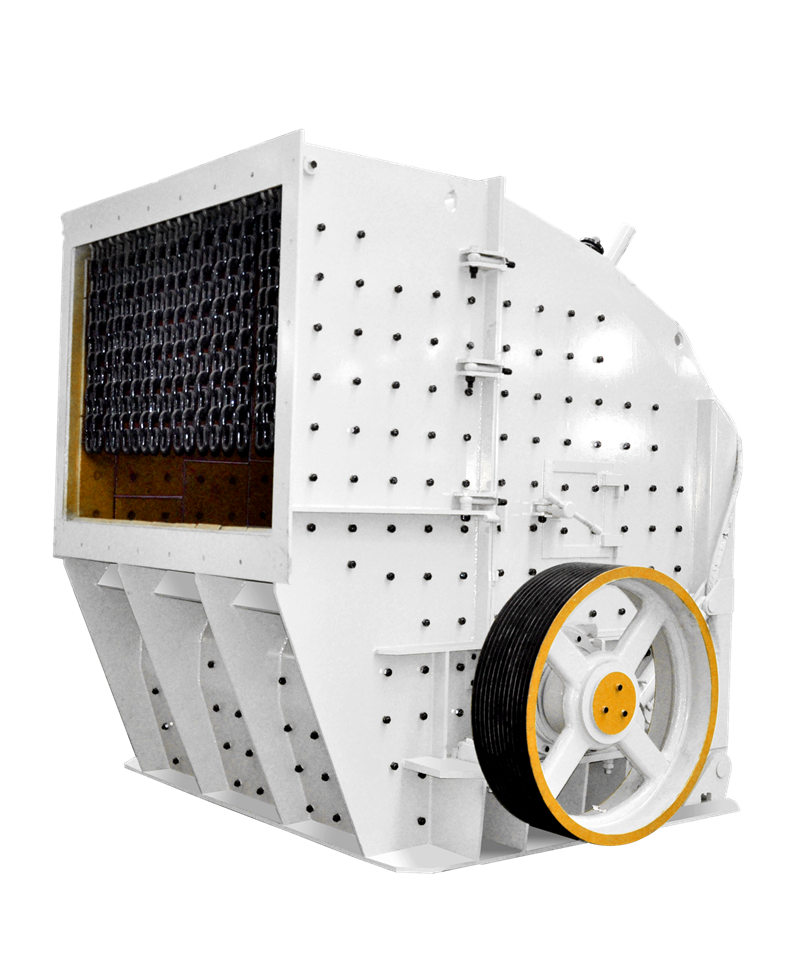
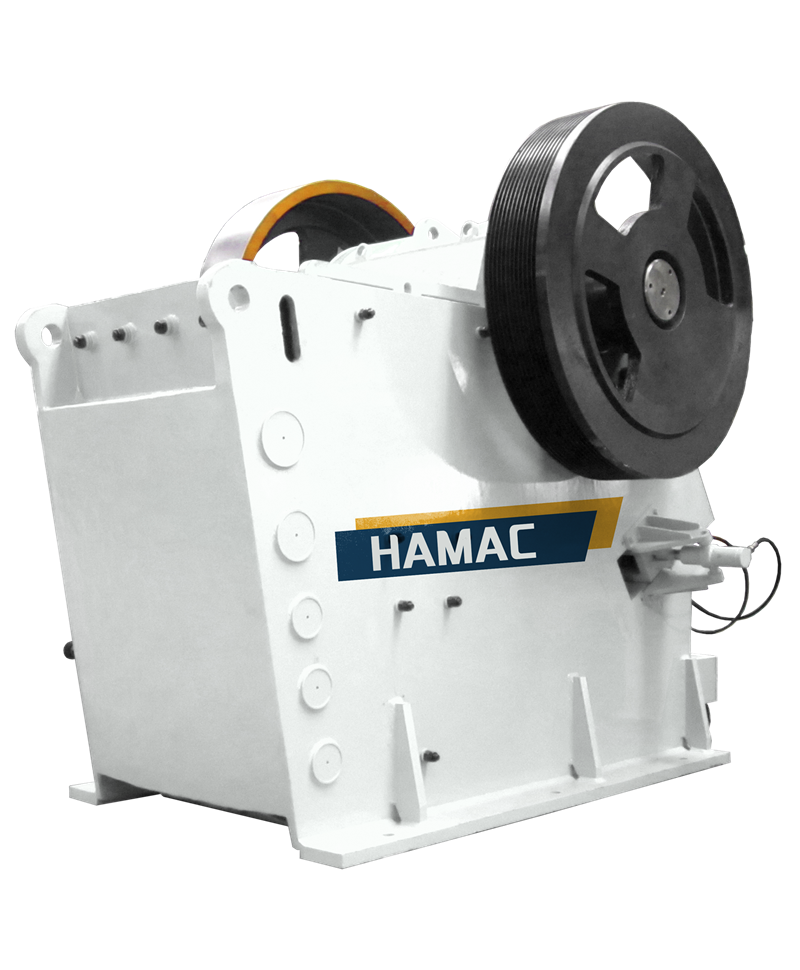
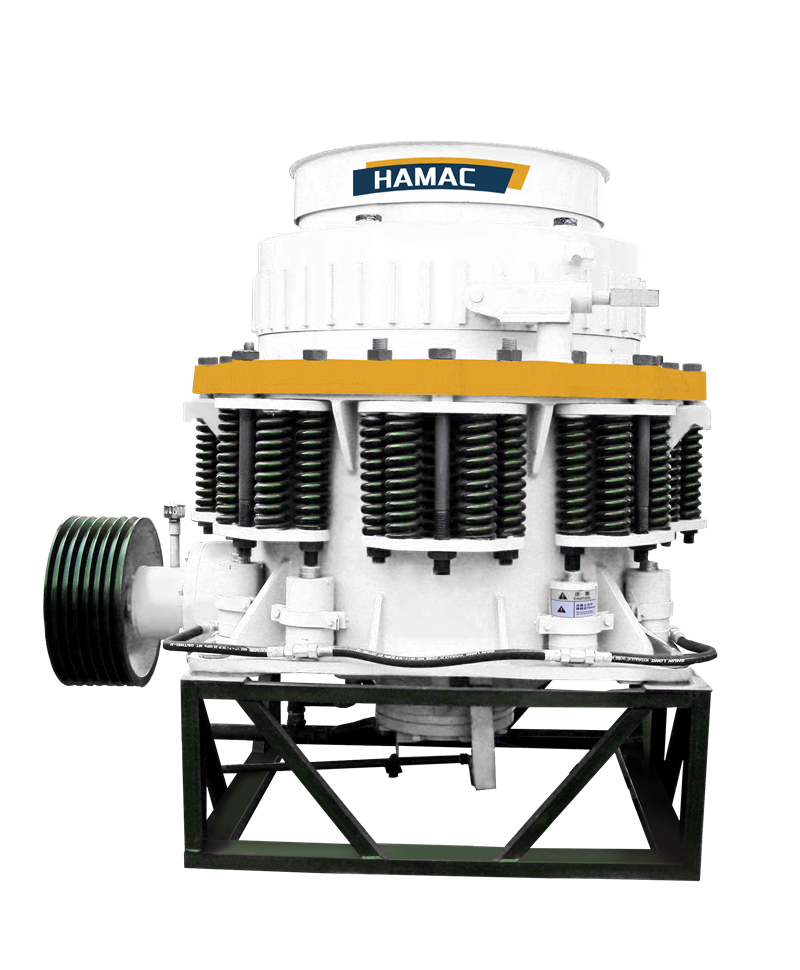
Key Aspects to Guide Your Decision-Making
Material Type and Hardness
The type and hardness of raw materials are critical factors. Material hardness is often measured using the Mohs scale, which ranks hardness from 1 to 10. The higher the number, the harder the material, making it more challenging to crush.
- High hardness materials:for materials such as granite or basalt, use a jaw crusher, gyratory crusher, or cone crusher for primary and secondary
- Low hardness materials: for softer materials like limestone, a jaw crusher, impact crusher, or hammer crusher can be used.
Material Moisture Content
The moisture level in the material impacts equipment selection. Excessive moisture can cause fine particles to stick together or adhere to larger ones, increasing viscosity and potentially blocking discharge openings. This reduces productivity and may disrupt the normal operations of the stone crushers.
Cleavage Development of Ore
Raw materials with well-developed cleavage planes are easier to crush, as they tend to break along these planes. This results in higher productivity compared to materials with dense structures and no natural cleavage.
Feed and Discharge Particle Size
The particle size of the input and desired output plays a role in determining the crusher model and configuration.
- Coarse input materials: If the feed consists mainly of large particles, the stone crusher needs a high crushing ratio, which may slightly reduce productivity.
- Fine input materials: When fine particles dominate, productivity improves as the crushing ratio requirements decrease.
Output Requirements
Output capacity is a fundamental criterion for stone crusher selection. Higher output demands require larger equipment, which involves higher costs for installation and operation.
Construction Site Conditions
The available space at the construction site and the placement of the crusher are crucial considerations. The size and layout of the site may dictate the type of crusher that can be installed.
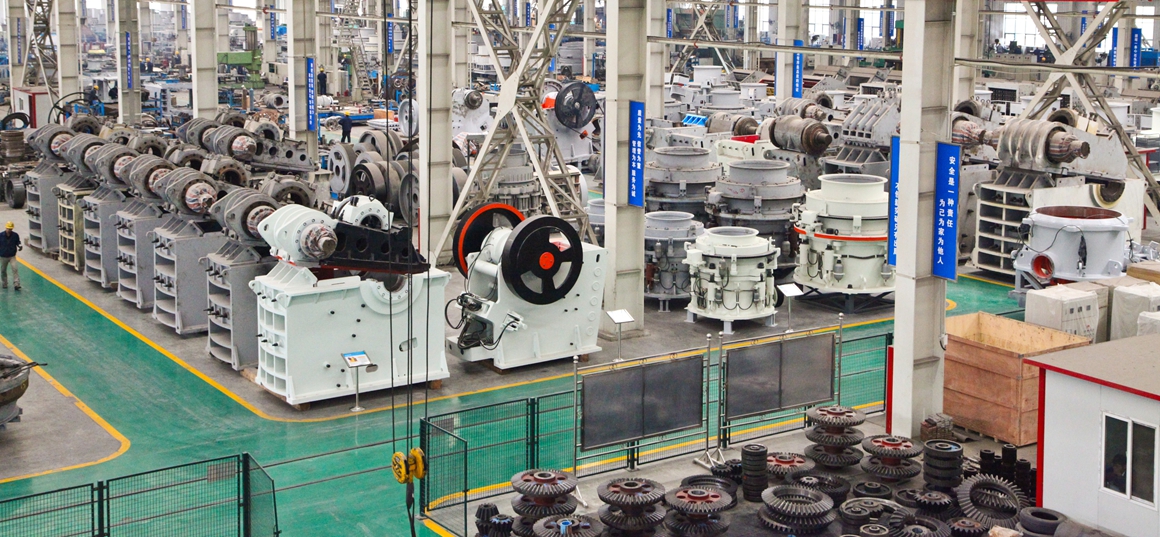
Selecting the right stone crusher involves balancing material characteristics, site constraints, and production needs. Understanding the properties of raw materials, desired output, and environmental conditions ensures optimal equipment performance and project efficiency. HAMAC will help you choose a crusher that fits your project requirements and minimizes operational challenges.







